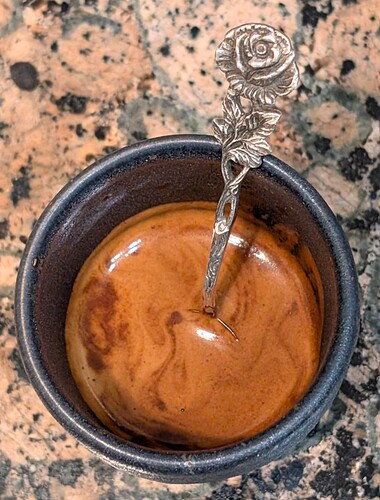Very informative. I’m quite skilled in the silver coins domain. In that period, Mexico had used many compositions with 900-903 fineness. With many different other metals “mixed in”. Never knew that silversmiths have used those US/MEX coins as at that time silver was cheaper than the coins’ face value. But maybe coins have been the only easily accessible silver resource at that time I assume. Cool discussion here.
they used what was available, and what they had the tools to work. it’s not a numismatic or metallurgical definition. It’s the source of the material they used to create art. it could just as easily be called “coin metal.” unfortunately, the term coin silver has become synonymous with early native american metal work, and has been co-opted by unscrupulous sellers hoping to cash in on the desirability of older and historic jewelry. You could swap out “old pawn” for coin silver in this discussion, and have the same level of reliability in either term’s usage.
And don’t get us (me) started on “old pawn,” amirite? ![]()
Yes I have recognized there are some terms that summon negative emotions. That was not my intention for sure. Dropping a brick not intended. Sorry I’m just very curious.
Gotta admit that’s my trigger as well when looking at NA jewelry online - “Old Pawn” is so abused as a descriptor ![]()
Many of us are very happy to have an older piece of NAJewelry confirmed as coin; it’s an important piece of NA jewelry history.
I’ve always used 18k gold acid to test for .925 and above. If the characteristic baby blue color is produced, it’s .925 or above. I only use the test to determine sterling or not, but I’ve heard that a milky whitish color indicates .900. Anyone here an expert in acid testing for silver content?
It’s not the perfect place to post but maybe the most appropriate one. This is how I start my day, with a strong espresso and a luxurious German 835 silver spoon from the 1940s.
Using the acid technique, the difference in color for .925 and .900 is likely too minimal to be observed visually. Non-destructive XRF testing or Raman spectroscopy is a reliable method.
Yum. Looks especially good since it’s only 1° F right now. Lovely spoon.
